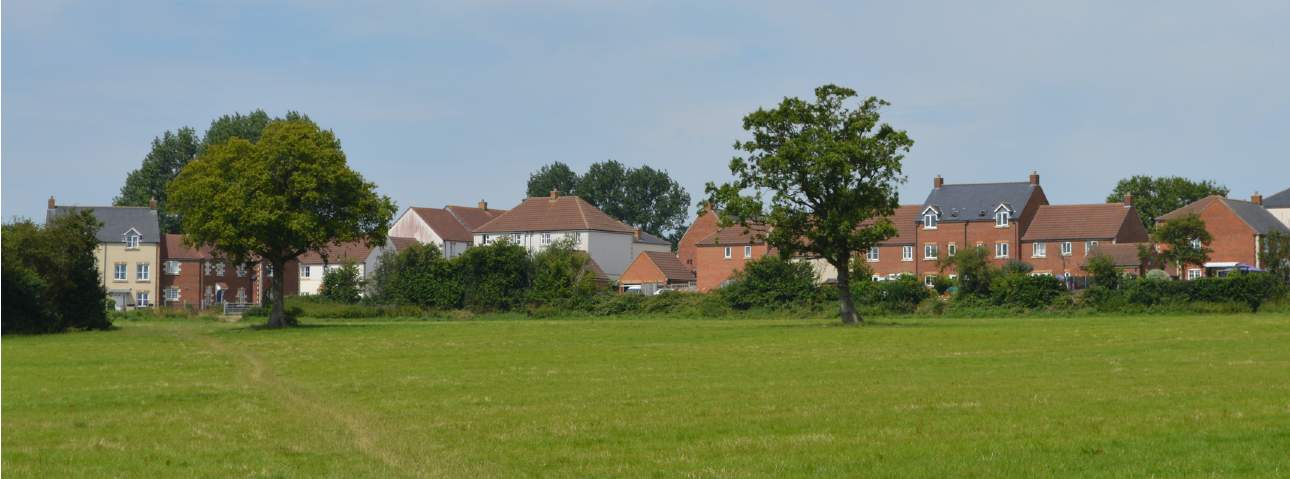The phrase biodiversity net gain (BNG) has gained much momentum in recent years, with references to ‘biodiversity enhancement’ already featuring in the National Planning Policy Framework (NPPF) and in numerous Local Plans.
However, BNG is soon to become a mandatory requirement for many planning applications if and when provisions in the Environment Bill reach the statute book. Here’s a reminder of what it entails and the key impacts it will have on the planning system.
The Environment Bill was re-introduced to parliament almost exactly a year ago and forms part of the Government’s wider 25 Year Environment Plan which sets out plans to protect and improve the natural environment in the UK. BNG is a key mechanism in the delivery of the Government’s vision to 'leave the environment in a better state than we found it'.
Schedule 14 of the Environment Bill amends the Town and Country Planning Act 1990 to make provision for the mandatory delivery of 10 per cent BNG in any new development that results in habitat loss or degradation. Thus, local planning authorities (LPAs) would be unable to grant planning permission to new development unless mechanisms to secure this gain can be demonstrated.
While the Environment Bill is yet to become an Act of Parliament, the NPPF already encourages local planning authorities to incorporate biodiversity improvement in new development. The mandatory provision of BNG will introduce a standardised approach designed to assist applicants to meet their BNG obligations.
How is biodiversity net gain calculated?
The legislation will require developers to submit a BNG plan to the LPA for approval. The plan should explain how the baseline biodiversity value has been calculated and how the net gain target will be achieved. The plan must demonstrate that the ‘post-development’ biodiversity value of the development is greater than ‘pre-development’ biodiversity value by at least 10 per cent. The biodiversity value must be calculated with reference to the Government’s biodiversity calculator (currently The Biodiversity Metric 2.0).
How do developers secure biodiversity net gain?
BNG will be secured through a new general planning condition to be applied to all new planning permissions in England. It is the Government’s intention that BNG is secured either on site or locally, although a number of off-site options are available.
Developers will be able to carry out off-site enhancement works on sites listed on the Government’s proposed biodiversity gain sites register. These works would be undertaken in accordance with a conservation covenant or planning obligation imposed on the development site itself. The applicant has a duty to maintain this enhancement for at least 30 years after completion of work on the development site.
Developers will also be able to purchase biodiversity credits, the funds of which would be used to fund off-site habitat enhancements, purchase interests in land with a view to carry out enhancement works, or undertake the operation and administration of enhancement works.
Will all development be subject to biodiversity net gain requirements?
Under the Environment Bill, permitted development and Nationally Significant Infrastructure Projects (NSIPs) will be excluded from mandatory biodiversity net gain requirements. NSIPs are not subject to the Town and Country Planning Act 1990 which the Bill seeks to amend.
What will this mean for local planning authorities?
The Bill also sets out the implications these proposed regulations will have on LPAs. It amends Section 40 of the Natural Environment and Rural Communities Act 2006 so that LPAs are obliged to publish a biodiversity report every five years. This report acts as a strategic review of policy to assess what further action can be taken across the authority in relation to the conservation and enhancement of biodiversity.
LPAs will also be responsible for the preparation of Local Nature Recovery Strategies. These strategies will map the most valuable existing habitat for nature and specific proposals for the improvement of habitats, and agree priorities for nature’s recovery.




.jpg)
.jpg)
.jpg)
.jpg)
.jpg)

